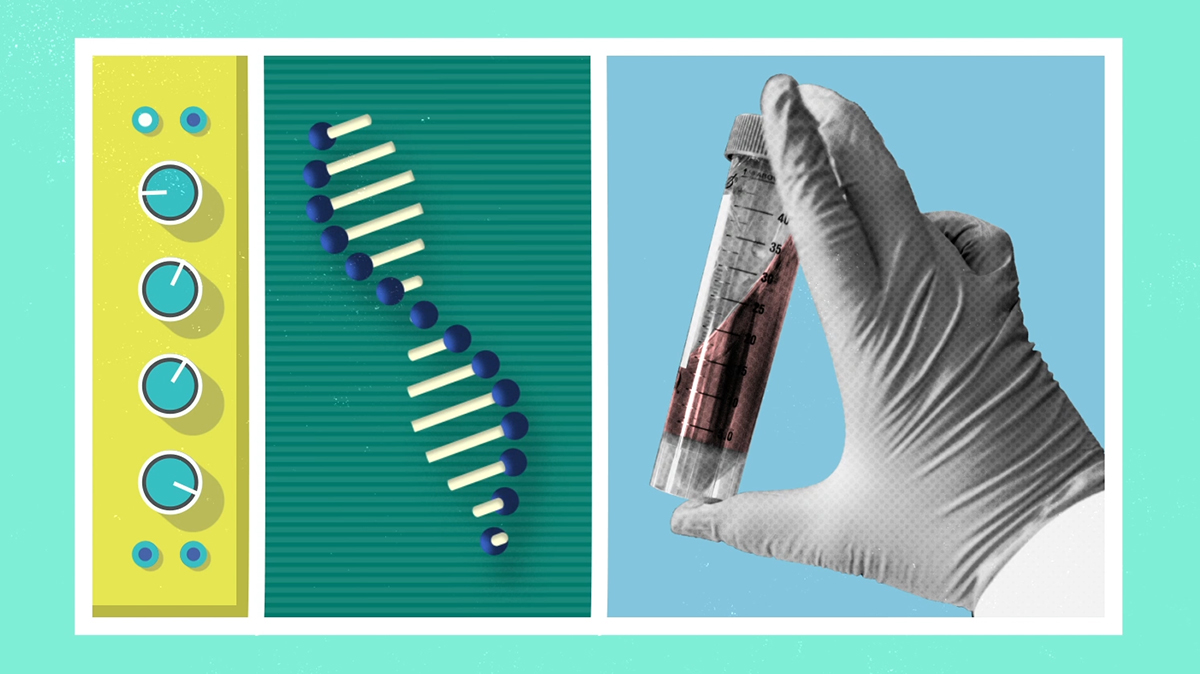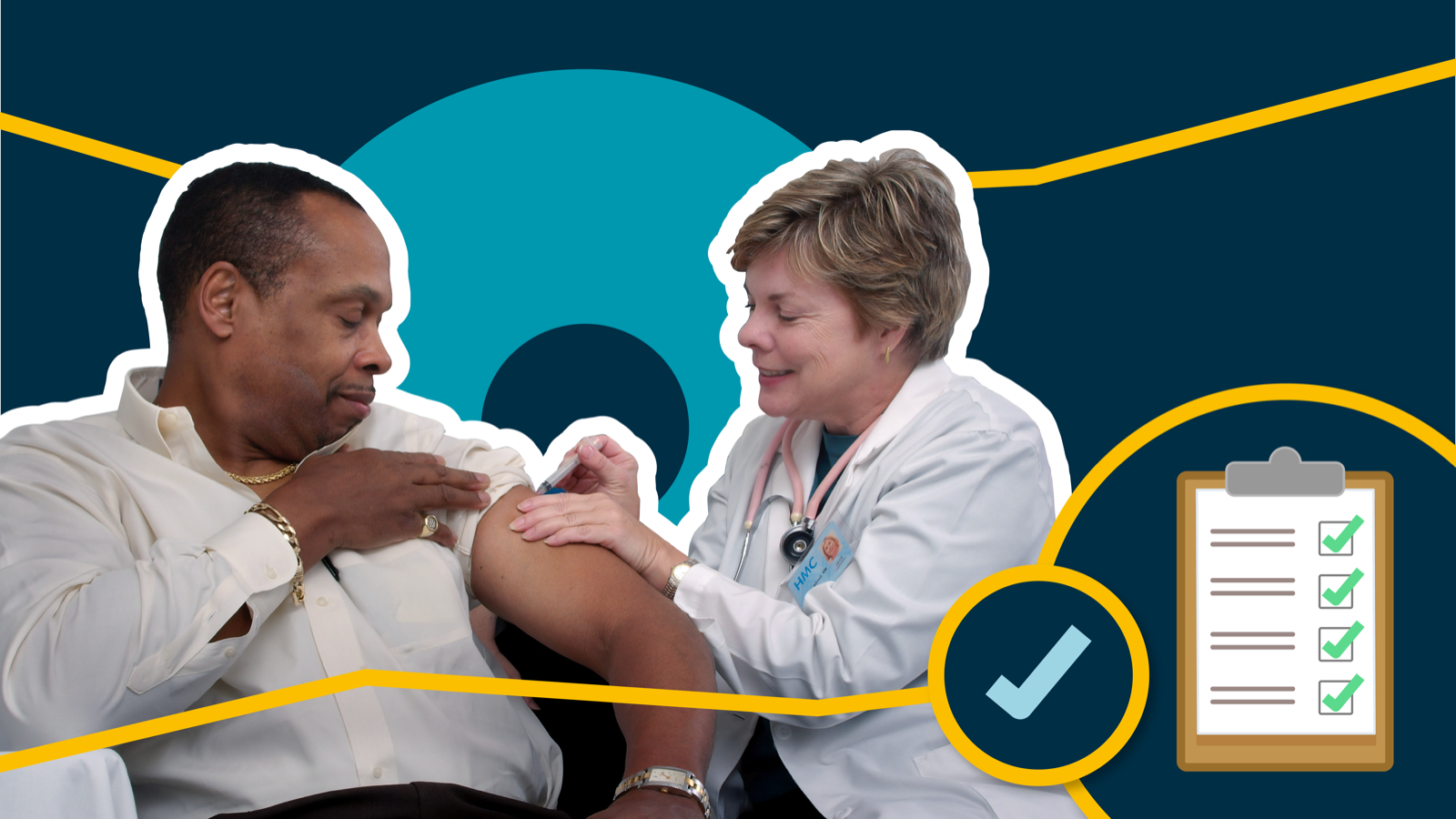Safety first: how to run a Covid-19 vaccine clinical trial
The world is waiting eagerly for Covid-19 vaccines to be developed as quickly as possible. But to make sure they are safe and effective, the clinical trials that test them have to be robust. So how do trials achieve this?

Wellcome
Vaccines typically take more than a decade to develop and license, but just nine months after scientists around the world received the genetic code for Covid-19, there are more than 320 possible vaccine candidates in development, with six already in phase III clinical trials.
This speed of research and development has been made possible by unparalleled global focus and funding, and by researchers, developers and funders collaborating to streamline the processes.
But speed must not compromise safety. Before any vaccine can be approved for use it must go through rigorous testing, to make sure it is safe as well as effective. A Covid-19 vaccine will be no different, and we welcome the news that nine vaccine developers have pledged to uphold scientific and ethical standards for Covid-19 vaccines and prioritise safety.
At the start of the development process, lab research helps scientists decide which component of a pathogen they might use in the vaccine and learn about the properties of each vaccine candidate.
This is followed by pre-clinical trials in animals to demonstrate that the vaccine induces an immune response and can protect against the disease. These animal studies are also a vital test of safety before the vaccine is given to people.
If successful, the vaccine is tested in people through clinical trials. This process is what makes the difference between a promising vaccine and a proven one.
There are several phases, each building on the results of the one before:
- Phase I – testing for safety, including potential side-effects – requires 10-50 participants.
- Phase II – testing whether the vaccine induces an immune response, and more safety testing – requires hundreds of participants.
- Phase III – understanding how well the vaccine protects against the disease, and continued safety assessment – requires thousands of participants. If the vaccine is successful at this point, it will then be submitted for regulatory review and approval.
- Phase IV – monitoring the vaccine after it has been licensed to look at how it compares to other licensed vaccines, its long-term safety (for example very rare side effects that may only show in one in a million people), and how it performs in different population groups over time.
1. Safe and ethical
The top priority is making sure that the trial is designed and conducted safely and ethically.
National and international rules on ethics and safety are enforced through regulation and inspection. This minimises the risk of harm and makes sure participants are treated fairly and respectfully.
Before they can begin a trial, researchers must submit a detailed plan to independent ethics committees – such as the Medicines and Healthcare products Regulatory Agency – for approval. The committees scrutinise whether the planned trial offers a fair and transparent arrangement for research participants – including how their rights, safety, wellbeing and confidentiality will be protected.
Most trials also have an independent data monitoring committee, to ensure safety by monitoring things like reported side-effects, patient feedback and incoming results. Using this data, the committee recommends whether the trial should continue.
If a potential safety issue is discovered, the trial is usually paused while an investigation takes place – which is what we’ve seen with the Oxford University and Astra-Zeneca trial. This is common. It’s critical to quickly understand whether the participant’s illness has any relationship to the vaccine (or the placebo) or if it is completely unrelated, and to share data openly.
Participation in a clinical trial must follow freely given, informed consent. Before a participant joins a trial, they must have all the information they need to understand what they are volunteering for.
2. Scientifically sound
Wherever possible, clinical trials should be:
- Controlled: two or more groups are compared – one (or more) who receive a candidate vaccine, and a control group who receive a placebo.
- Randomised: each participant is put into one of these groups at random at the start.
- Blinded: the participants do not know whether they are having a test vaccine or a placebo. Nor do the researchers who administer the doses.
This makes sure that there is no bias that could distort the results, and that researchers can be sure that any differences in outcomes between the groups are only due to the vaccine received.
Trials must also be large enough to give statistical confidence in the data. Testing two people wouldn’t tell us much about whether a vaccine works, but testing 20,000 will mean we can have much more confidence in the results.
3. Context-specific
Involving those who stand to benefit the most from the vaccine is key to the success of any clinical trial.
For example we know that older people, men and those with co-morbidities are at greater risk of severe disease and death from Covid-19, so vaccine trials should involve these groups.
We’re also not just going to use Covid-19 vaccines in one country or sector of society – so trials need to involve diverse populations in different locations, and where the outbreak is happening, to make sure the vaccine is as effective as possible for as many people as possible.
This was an issue with a vaccine for rotavirus, which was very effective in US trials, but not as effective when it was rolled out to populations in Africa, where the disease is widespread.
Trials also need to be adaptable to different settings. For example, in the West African Ebola outbreak in 2014–16, conventional randomised control trials were not viable due to the large cost, time required and local acceptability. Given the urgency of the situation, other trial designs, better tailored to fit the circumstances, were used instead.
4. Collaborative and harmonised
In a pandemic, it’s vital for vaccine researchers to coordinate their activities, so their work can add up to more than the sum of its parts. The search for a Covid-19 vaccine requires international cooperation for conducting clinical trials and sharing data.
By harmonising their approaches, trial designs and data collected, researchers can contribute to the same large trials all over the world – results can be compared between sites and the data can be aggregated into one big study.
To speed up the development of a vaccine, it’s also key for researchers to share their findings for others to build on. During the pandemic, researchers and publishers have pulled together to publish their findings openly at an unprecedented rate.
5. Trustworthy and engaged with the public
Early public and community engagement is vital to ensure successful recruitment of participants, keep trials on track, and develop trust to support wider uptake of a vaccine once one becomes available.
Making sure that participants and their communities are engaged with and have a good experience during a trial is important to make sure that they keep supporting it. If participants drop out, this can delay the trial, or make it harder to base informed decisions on the results.
And wider public trust in clinical trials is essential if people are going to be willing to receive a new vaccine once it has been made available.
Even when we start to see the first Covid-19 vaccines coming into use, they may not be a complete and immediate solution. We don't yet know how long immunity will last for, they might not be completely effective in all ages or appropriate in all health systems, they might be expensive to produce, and not everybody will take them.
So it’s good that teams are looking at lots of different vaccine candidates, and it will be important that research continues – well into future generations of Covid-19 vaccines. This means that governments and funders must continue to invest in clinical trials and different vaccine approaches.
- Find out more about our work to shape clinical trials guidelines through the Good Clinical Trials Collaborative






